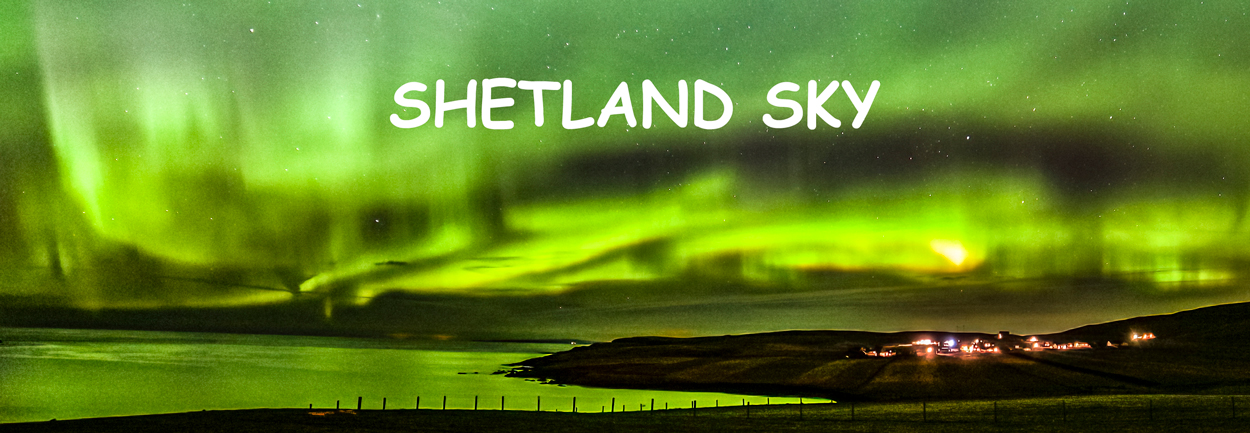What can you do, the weather has been so bad for weeks and I know why. I mentioned in a previous blog that i was getting some new equipment at Christmas which always results in bad weather, it happens every time. So although I did manage to get out very early one morning evenings have been a problem. Just one so far when I met up with Peter who traveled down from Bridlington and we met up at a place close to Doncaster to save time.
Light Pollution
The original site was a no go as when we arrive we saw an open gate with a padlock so we didn't want to get locked in. We then moved over the M18 to a farm track, not ideal due to the light pollution. We did however drop lucky with the weather. The forecast indicated clear skies from 6 pm, these didn't arrive until 6.45 pm but as we had to move locations this was spot on for us. It then clouded in around 9.15 pm as expected.
Pleiades
Also as we were near to Doncaster airport (Robin Hood) planes were coming and going all the night.Its very difficult to find a dark site around here, hopefully you will have better luck. We made do with the problems and set to work, Peter hadn't done night sky photography before so the first thing was to get the focus right. This proved difficult as you need to be able to see the focus point in the little glass panel, especially infinity. Most people set the lens to infinity without realising that its different on each lens. If you look at the infinity symbol, the figure 8 laid on its side, I have the Tokina 11-16 which is in focus to the right hand side of this while my Nikon 18-200 mm is to the left.. Peter had problems because his Canon lenses didn't have any little glass panel in which to check the focus.

Although you cannot auto focus at night there are different ways round this. The most obvious is to pre focus during the day, look at where infinity is on your lens and make a note, some people put a sticker on the lens to mark this. Another way is to find a bright object, such as the moon and use live view to focus, both will work but you need to keep rechecking the lens throughout the night. for any movement.
The Moon and Jupiter
Just looked at the weather forecast again and its cloudy and rain for the next 10 days, this is one of the draw backs living in the UK, but when you do get out it makes it very special.









